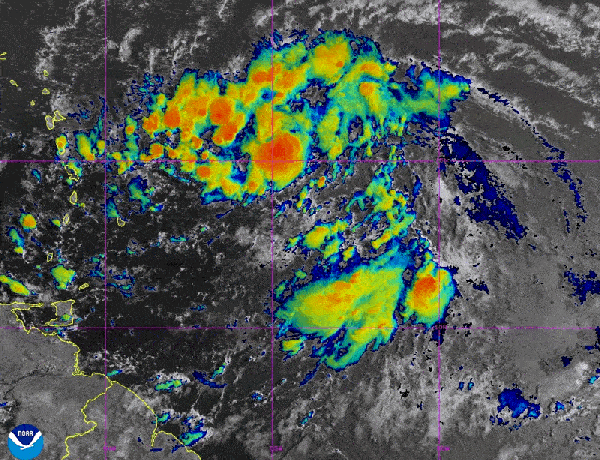The Biden administration is planning to speed up the processing of asylum-seekers at the U.S.-Canada border in response to an unprecedented increase in migrant crossings there, according to internal Department of Homeland Security documents obtained by CBS News.
The effort involves two changes to how the U.S. processes migrants under a longstanding “Safe Third Country” asylum agreement with Canada. That accord, first signed in 2002 and expanded last year, allows U.S. and Canadian authorities to return asylum-seekers across their shared border under the premise that both nations are safe countries for people to request refuge.
The first change will require migrants to have their documents ready when U.S. asylum officers conduct screenings to determine if they are subject to the agreement with Canada. Previously, migrants could postpone those screenings to gather documents that could prove they merit an exemption to the deal. Certain groups, such as unaccompanied children and those with family members in the U.S., are not subject to the agreement.
The second change will reduce the time migrants have to consult with lawyers before their screenings with U.S. asylum officers to a minimum of four hours, down from a 24-hour minimum. That update matches an identical change made at the U.S.-Mexico border in June, in connection with President Biden’s move to severely restrict asylum there.
Migrants who are subject to the Safe Third Country agreement are barred from U.S. asylum and can be returned to Canada. Those who qualify for an exemption are allowed to request asylum in the U.S. Conversely, those who cross into Canada from the U.S. and are subject to the agreement can be returned by Canadian authorities to American soil.
SEBASTIEN ST-JEAN/AFP via Getty Images
Both policy changes are slated to take effect on Wednesday, Aug. 14, according to internal DHS documents. In a statement to CBS News on Tuesday, DHS confirmed the actions, saying it continues to “deliver tough consequences for noncitizens who do not have a lawful basis to remain in the United States.”
“DHS carefully reviewed its implementation of the Safe Third Country Agreement with Canada and concluded that it could streamline that process at the border without impacting noncitizens’ ability to have access to a full and fair procedure for determining a claim to asylum or equivalent temporary protection,” the department added.
While procedural in nature, both changes are aimed at allowing U.S. immigration officials to more quickly process and deport migrants who request asylum along the 5,500-mile northern border, where migrant apprehensions have spiked this year.
So far in fiscal year 2024, Border Patrol agents have taken into custody 16,500 migrants who crossed the U.S.-Canada border illegally, up from 10,000 in 2023 and just 2,200 in 2022, federal statistics show. The 2024 number is the highest Border Patrol apprehension tally along the northern border on record.
While crossings at the northern border continue to pale in comparison to the southern border — where Border Patrol has recorded over 1.3 million apprehensions so far in fiscal year 2024 — the increase in migrant arrivals there has posed major challenges for U.S. officials.
Border Patrol has many fewer agents and resources to patrol the vast U.S.-Canada border than it has along the border with Mexico. The terrain itself, which includes dense forests, mountainous areas and wilderness, makes the task of patrolling the northern border even more difficult.
The vast majority, or over 75%, of all migrant apprehensions at the northern border this year have occurred in the Swanton sector, an area that covers rural parts of New York, New Hampshire and Vermont, government figures show. The apprehensions there are higher than all those recorded in the area in the past 13 fiscal years combined, according to Robert Garcia, the top Border Patrol official in the Swanton sector.
While they reached record levels in the past three years, illegal crossings along the U.S.-Mexico border have dropped dramatically this year, plunging to the lowest level since September 2020 in July. Officials have attributed the massive drop in migration to Mexico’s efforts to stop U.S.-bound migrants, increasing summer temperatures and Mr. Biden’s move to curtail access to the American asylum system.
Mr. Biden’s asylum crackdown, which is being challenged in federal court by migrant rights groups, applies only at the southern border, and nearby coastal sectors.























Discussion about this post